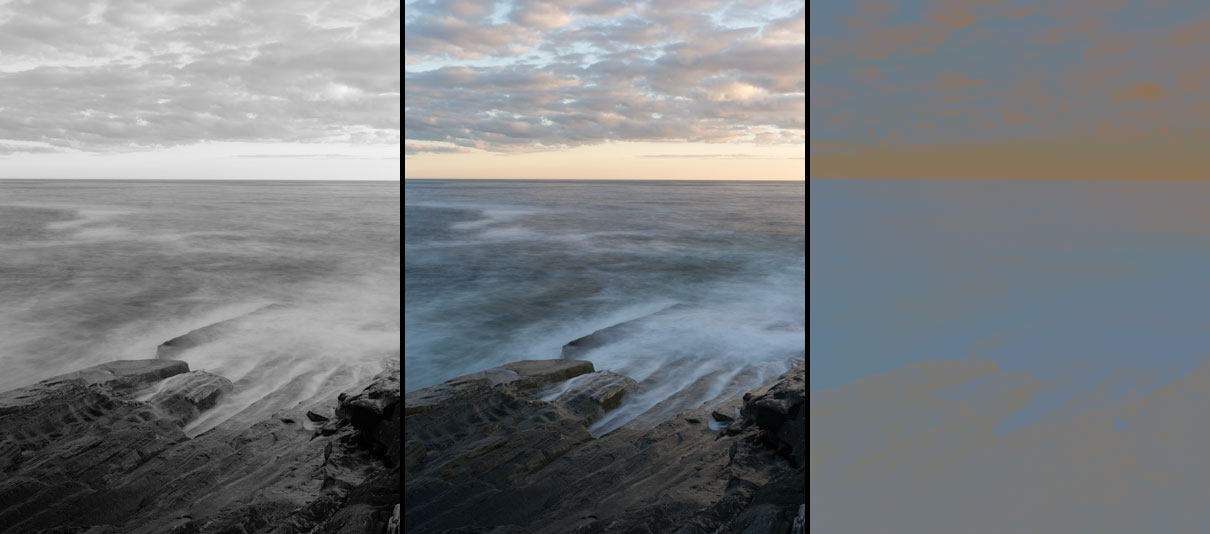 Our vision creates the world. When we look around, we imagine seeing objects in space in front of us. Yet, all we are doing is processing an image projected on the retina of our eyes. The world we see and its external reality is an illusion of our psychology and biology.
Our vision creates the world. When we look around, we imagine seeing objects in space in front of us. Yet, all we are doing is processing an image projected on the retina of our eyes. The world we see and its external reality is an illusion of our psychology and biology.
We take this vision so much for granted that what we perceive must be the same for everything. We all know about the compound eyes of an insect. Unlike the eyes of a mammal, it does not use a projected image to see. What becomes even more amazing is that many insects do not have just two eyes—spiders have eight. This particular animal has three additional eyes on the back of its head, the clear dome structures. What kind of reality does this creature perceive? Click on the image for a larger view.

